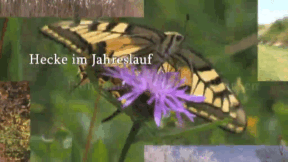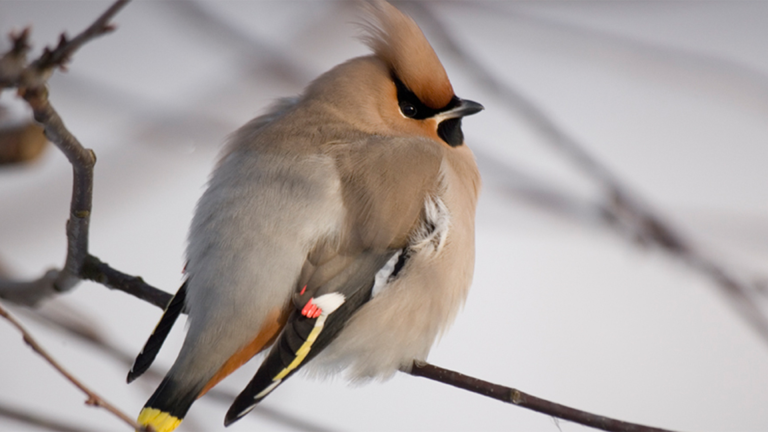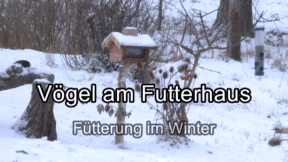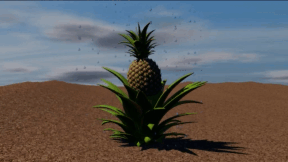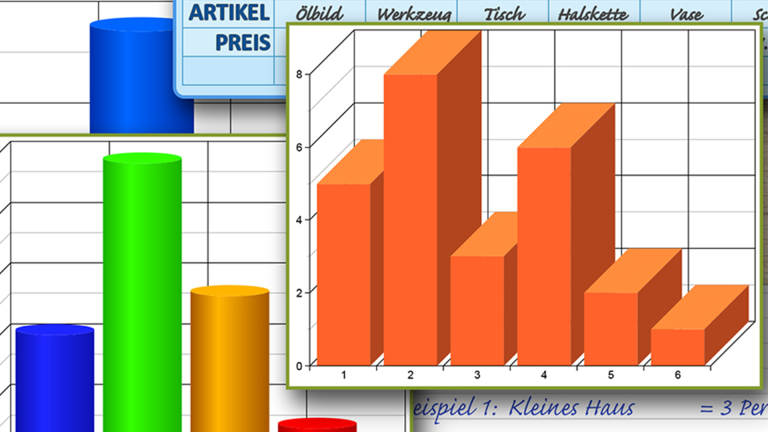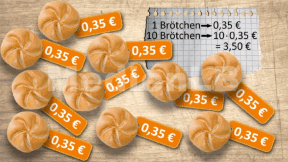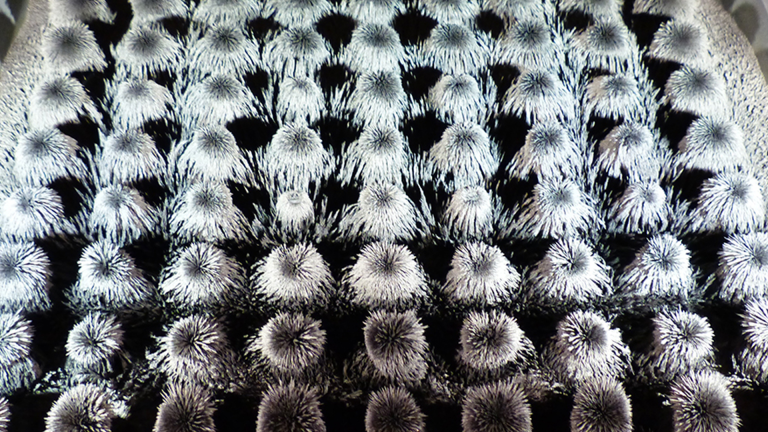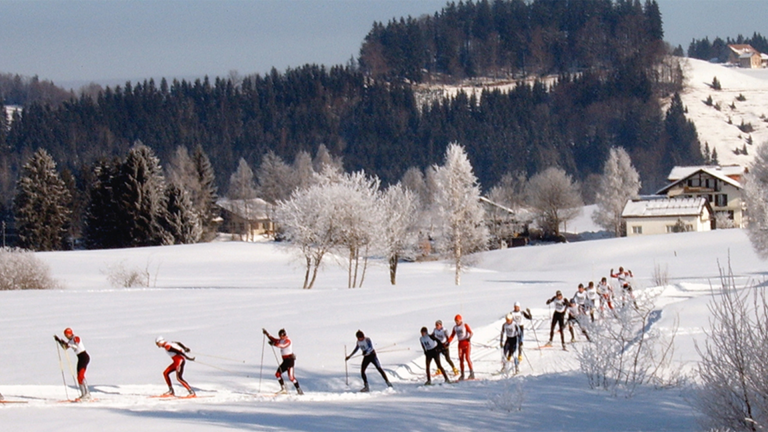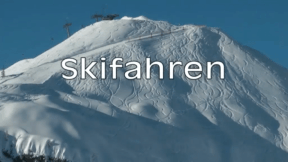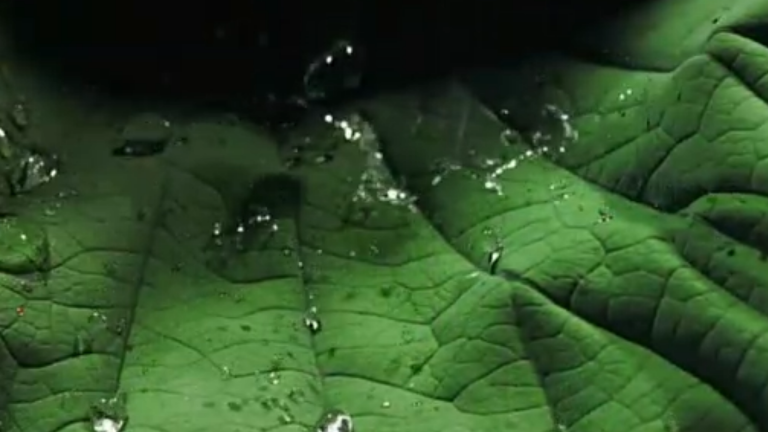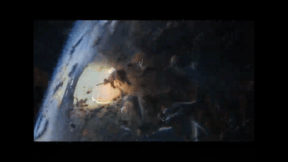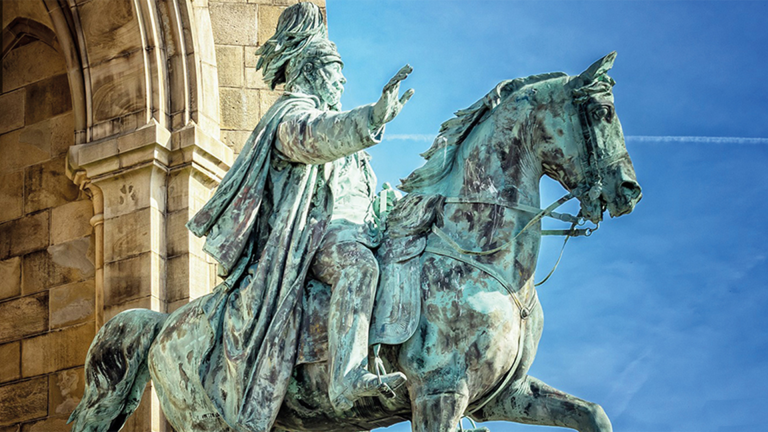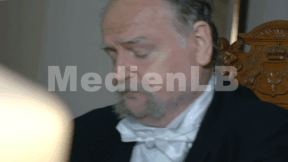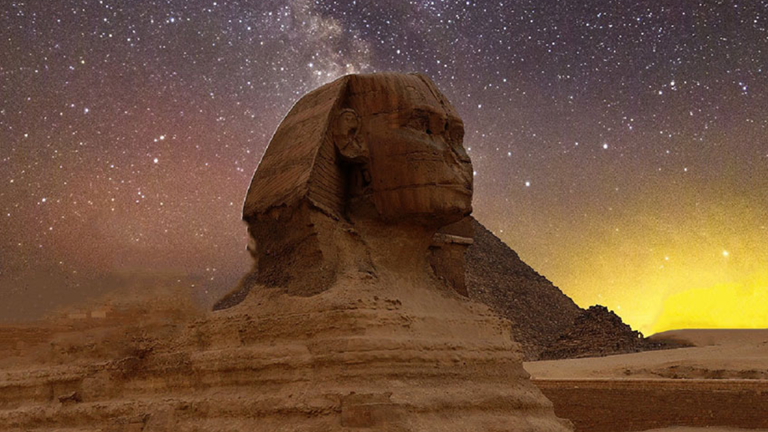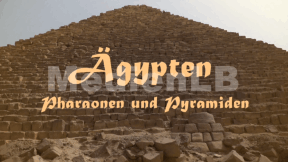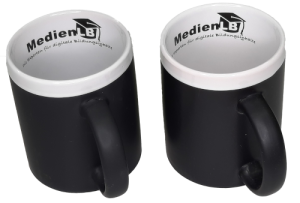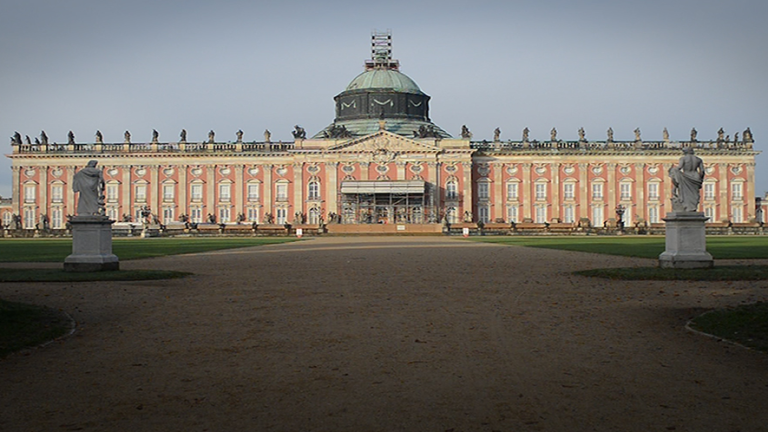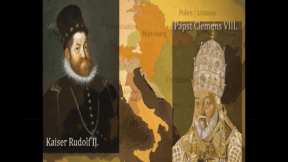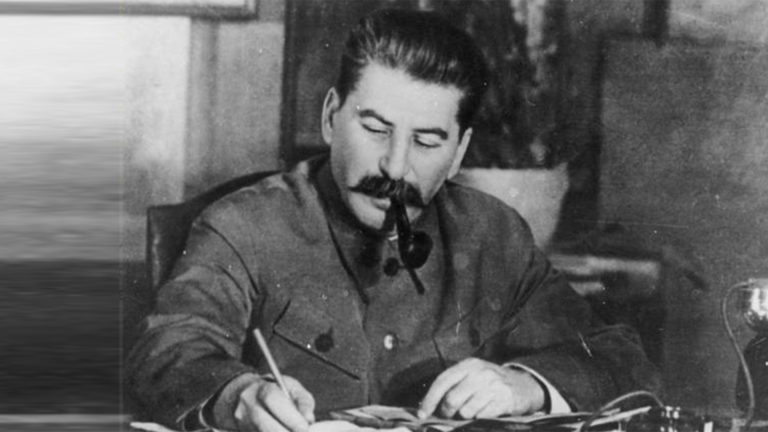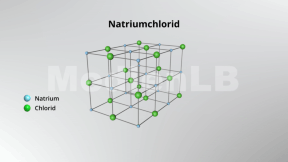Suche:
- # Artistry
- # Biology
- # Chemistry
- # Ecological
- # Economy
- # English
- # Foreign Language
- # Geography
- # German
- # Health
- # History
- # Informatik
- # Latin
- # Mathematics
- # Media Education
- # Music
- # Physics
- # Politics / Civics
- # Preschool
- # Primary School
- # Religion
- # Society
- # Sports
- # Technology
- # Training of Teachers
- # Vocational Education
The Hedge in the Course of a Year
This DVD offers clearly structured information, in particular covering the following topics: Firstly, the diversity and type as well as the different tasks of a hedge are described. Vivid pictures illustrate the difference between low hedges, hedges of middle height and high hedges. The structure of the hedge is explained in detail. The DVD shows the hedge in the course of a year with the accompanying changes in flora and fauna. Here, an emphasis is put on introducing the most common shrubs, trees, flowers and animal species associated with the biotope of a hedge.In addition, the pupils learn to distinguish between poisonous and edible fruit from indigenous shrubs, illustrated by the examples of elder bush, blackthorn and the spindle tree. Blooms, fruit, spiders, insects and other hedge-dwellers are presented in close-ups of superior quality. The learning target “from the bloom to the fruit” is illustrated with the help of an animation. The film shows the interactions between plants and animals and highlights the correlations among the dwellers of the hedge habitat.
Learn moreBirds at the Bird Feeder
Winter has come. The trees are bare, a thick layer of snow covers the ground. Life seems to have frozen. There are a lot of animals that seem to cope very well with these harsh conditions. But for our native birds, a severe winter may mean a life-and-death struggle.
Learn morePineapple
Fruit is a multi-faceted gift of nature. Almost no other food is available to us in such a variety. It tastes good, is healthy and can mostly be eaten raw. However, it should be well washed before or even peeled, depending on the variety. The term “fruit” is understood to mean fruits from trees and shrubs. Fruits contain besides a mostly rather high amount of water a great number of vitamins and minerals. A lot of fruit grows here in Central Europe, in Germany or Austria. Among these so-called “domestic“ fruits are apples, pears, strawberries and blueberries. They mostly ripen in autumn. Citrus fruits such as lemons, oranges and tangerines do not grow around here as they require a lot of sunlight and heat for their growth. They are imported to us by lorry mostly from countries around the Mediterranean such as Spain, Italy and Greece. Exotic fruits like pineapples and bananas need a tropical climate with a lot of heat, sunshine and water. Due to modern means of transport, these widely travelled varieties of fruit are meanwhile available in every supermarket throughout the whole year.
Learn moreMagnetism
You cannot smell, see, hear or feel magnetic force itself. So it seems quite magical to us when a metal object can be moved by a magnet through a glass plate as if by an invisible hand, or when we can stick a piece of paper to the refrigerator door with a small magnet.
Learn moreSkiing
Skiing is a great Sports, which already the smallest children learn today, and which is not only fun but provides the winter Sports enthusiasts with fantastic views, crisp winter air and cosy hours in mountain huts. Around 1860 skiing is said to have begun in Norway, and the Sports was spread at once and adopted in almost all areas where winter Sports could be practised.
Learn moreBionics
Humanity’s achievements in engineering have always been admired. This applies to antiquity’s Seven Wonders of the World as well as to the architectural masterpieces of modern times, such as the Eiffel Tower. The ideas of architects, physicians, mathematicians, chemists, engineers and technicians often have their origins in nature. Nature offers a huge reservoir of materials, which have proven their worth by permanent adaptation over millions of years. However, scientists do not just try to copy nature but strive to understand its principles and constructions and make them technically applicable in a modified way. Biology and technology have merged to the scientific discipline of BIONICS. Why can birds and insects fly? How do creatures live in the water without getting wet? Why is the blue morpho butterfly bright blue without the help of a colorant? Why is the lotus leaf always clean? Which building materials are there in nature? These and many more questions are answered in this DVD! Furthermore, the film gives a detailed illustration of how science implements and reconstructs nature’s ideas and makes them usable for us.
Learn morePreußen II
Dieser zweite Teil unserer Filmreihe über Preußen berichtet über die Politik des letzten preußischen Königs und späteren deutschen Kaisers Wilhelm I. Vom Aufstieg zum Deutschen Kaiserreich bis hin zu Preußens Untergang. Die Auflösung Preußens nach Ende des 2. Weltkrieges setzte einen Schlusspunkt unter eine Jahrhunderte alte wechselvolle Geschichte. Der Name Preußen ist untrennbar verbunden mit Aufklärung und Toleranz, verkörpert etwa in Friedrich dem Großen, verbunden aber auch mit Militarismus, Maßlosigkeit und Selbstüberschätzung Wilhelms II. Das Nachdenken über Preußen stand in den letzten Jahrzehnten im Schatten der hitzigen Debatten über die deutsche Geschichte.
Learn moreEgypt
Roughly from 3100 to 322 BC, one of the greatest and most powerful cultures of antiquity flourished in the Nile Valley.
Learn moreRulers, States, Regimes
About 150 years lie between the creation of these pictures: on the one hand, the absolute ruler of France Louis XIV, who reigned from 1643 to 1715 and on the other hand, George Danton and Maximilien Robespierre, two distinguished representatives of the French Revolution after 1789, who decided the fate of France. What had happened that the leaders of their country had themselves represented in such different ways? Here the radiant, glorious prince, clothed in precious robes, in front of a legendary background – there the plainly dressed men at their desks with pen and ink as attributes of the educated citizen.
Learn moreDictatorships in the 20th Century II
Nobody could trust his colleagues, his friends, even his own family any more. An entire nation was brutally oppressed, spied out and exposed to any conceivable form of despotism. Until Joseph Stalin died on 5th March 1953, these facts were the bitter reality of the Soviet citizens’ everyday life. This despot used his absolute power to wage war against his own people for decades.
Learn moreChemische Bindungen
Chemische Bindungen sind ein zentrales Element der Chemie. Unter der Bezeichnung „Chemische Bindung“ versteht man im Allgemeinen den Zusammenhalt der kleinsten Teilchen in chemischen Stoffen. Wenn also zwei oder mehrere Atome oder Ionen stark miteinander verbunden sind, liegt eine Chemische Bindung vor.
Learn more




